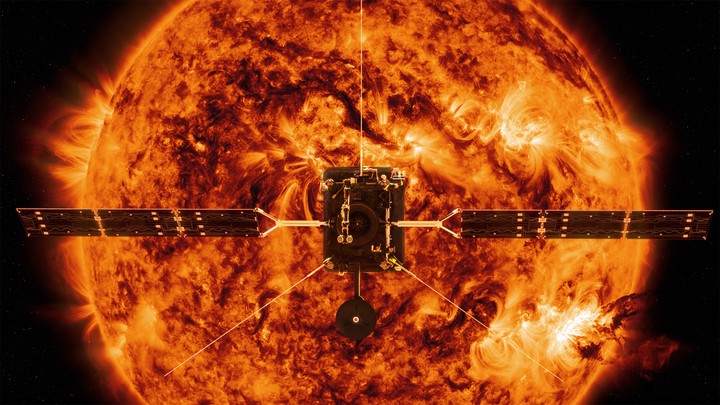First CME and Forbush decrease observed at Solar Orbiter using EPD

Abstract
On 19 April 2020, the Solar Orbiter magnetometer (MAG) observed a coronal mass ejection (CME) including a clear signature of a large-scale magnetic flux rope, the first such event seen in situ at Solar Orbiter. The spacecraft was closely aligned in heliospheric longitude with Earth at this time, and it was located at a radial distance of 0.8 AU from the Sun. Consequently, the same slow CME (v < 400 km/s) was also observed near Earth the next day, causing the first geomagnetic storm of the year. The STEREO-A spacecraft was separated from Earth and Solar Orbiter by almost 90° in longitude, providing an excellent side view of the CME with its coronagraph and heliospheric imager. The Energetic Particle Detector suite onboard Solar Orbiter is mainly intended for the study of solar energetic particles. However, in quiet time periods, its High Energy Telescope (HET) is also very well suited to observe the galactic cosmic ray (GCR) background and its time variation. The HET data for April 19 show a clear Forbush decrease (FD) related to the cosmic ray modulation by the CME’s magnetic field. We explain how HET data can be used to observe such short-term variations of GCR, and compare the FD observations at Solar Orbiter to those near 1 AU. We also apply the ForbMod model to the FD measurements to investigate energy dependency and radial evolution of the FD.